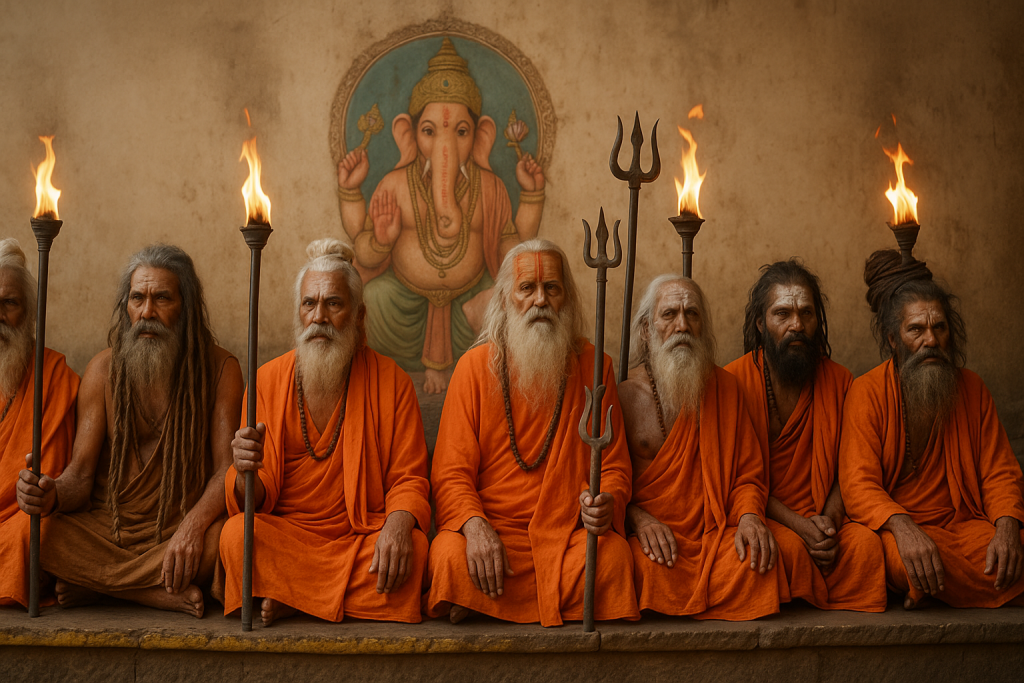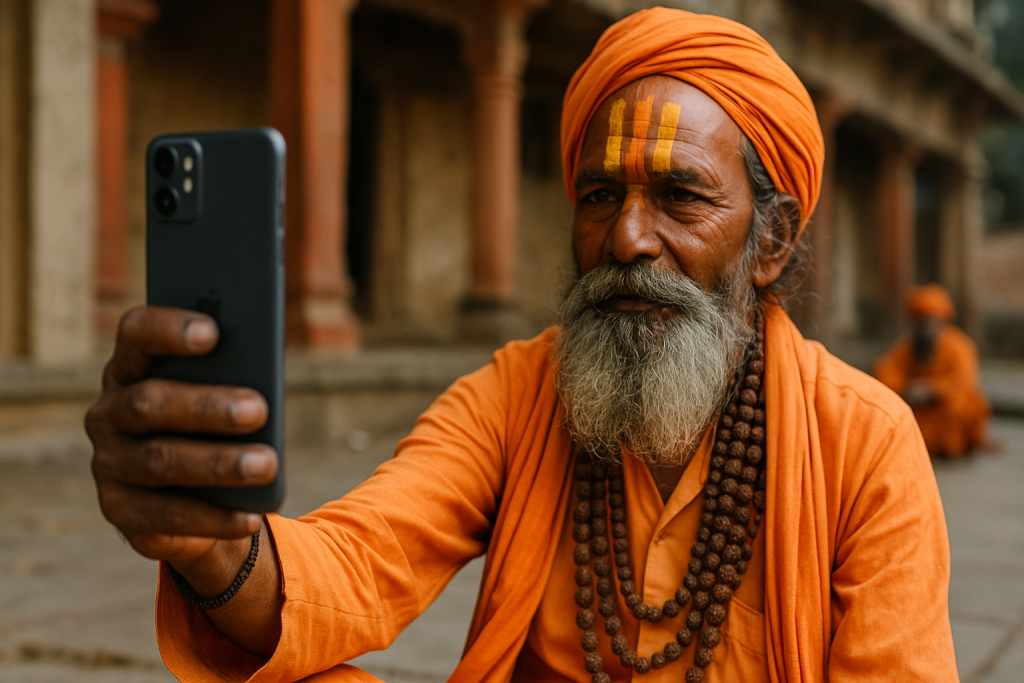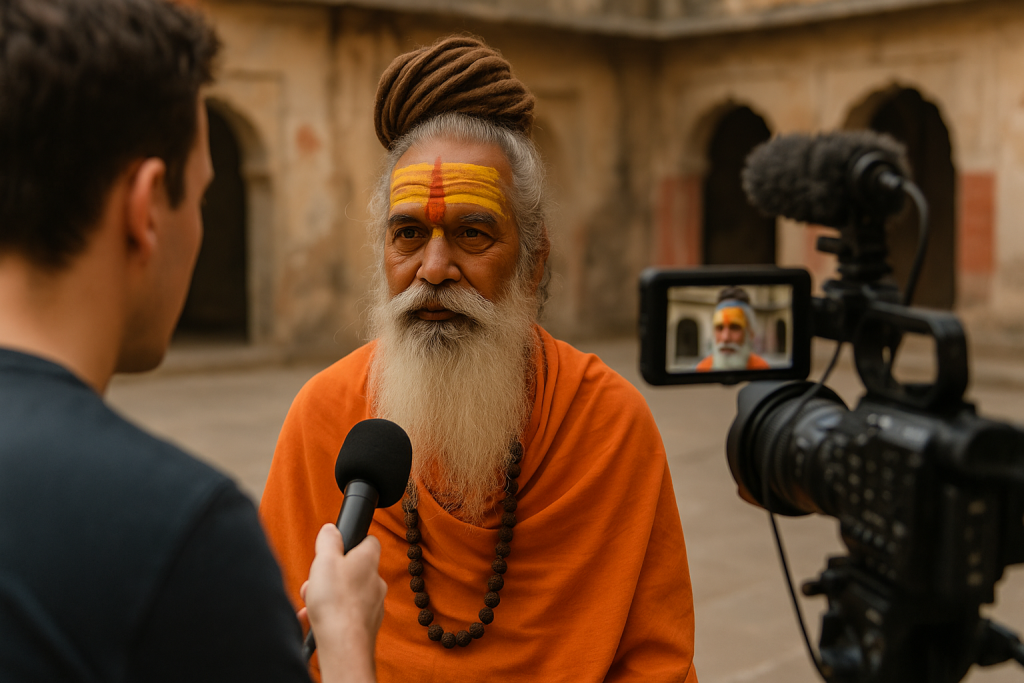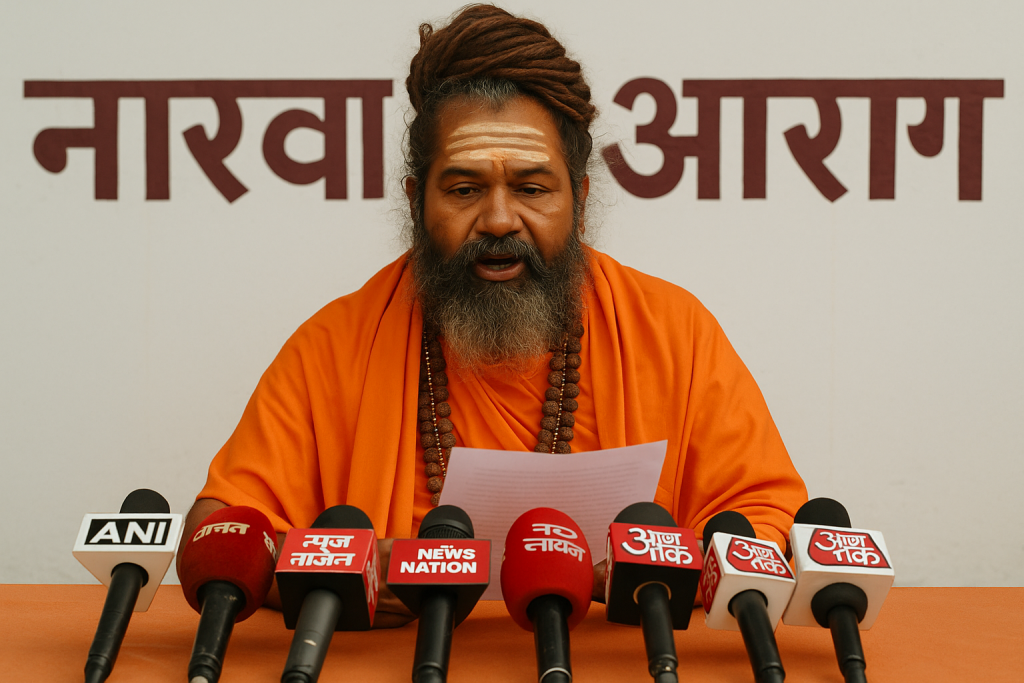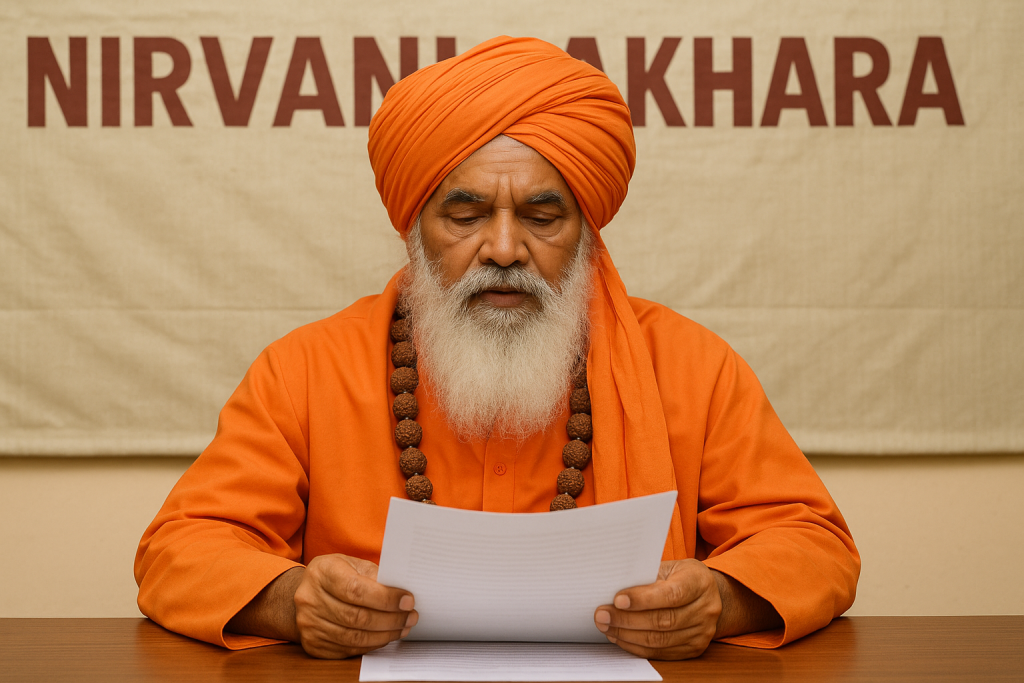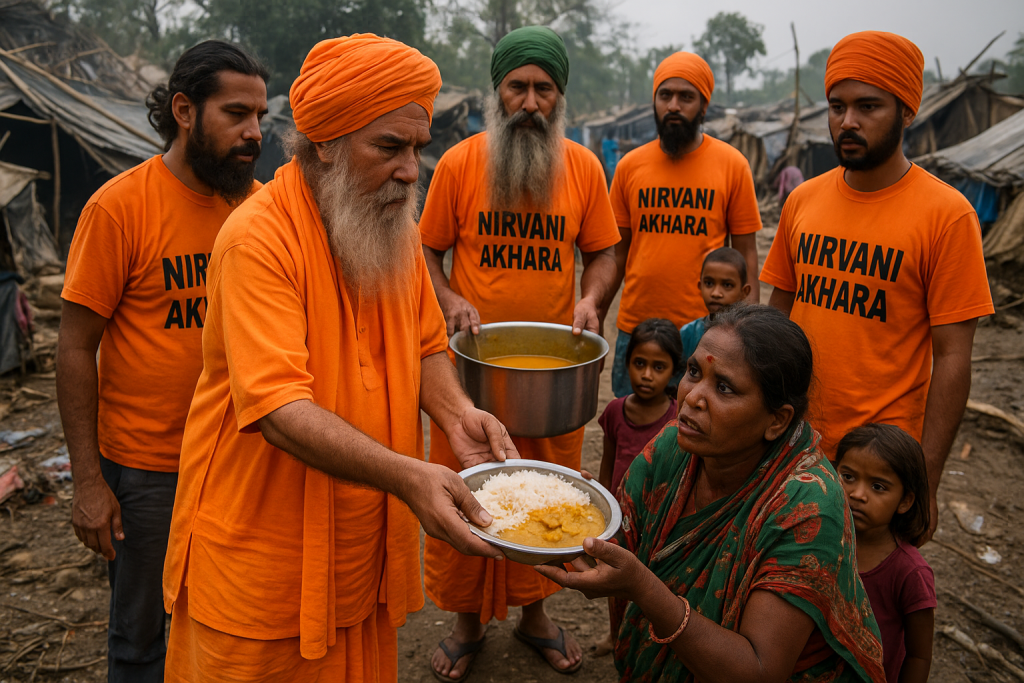The legacy of the Nirvani Akhara spans centuries, rooted deeply in the sacred soil of Sanatan Dharma and the timeless path of Shaivism. While today’s Acharyas and Mahamandaleshwars uphold the Akhara’s living tradition, it is the historical saints of this revered order who carved the path through their spiritual brilliance, fearless renunciation, and divine service.
These siddha purushas (realized beings) were not only masters of yogic practices but also guardians of dharma during times of cultural upheaval and foreign invasions. Their contributions went beyond the spiritual—they played roles as teachers, warriors, reformers, and guides to countless seekers across the Indian subcontinent.
Ancient Roots and Lineage
The Nirvani Akhara is traditionally believed to be founded under the Dashanami Sampradaya, initiated by Adi Shankaracharya around the 8th century CE. As the Shaivite wing of this broader monastic framework, Nirvani Akhara attracted saints who were both deeply devotional to Lord Shiva and committed to spreading Advaita Vedanta.

One of the earliest known historical saints of Nirvani Akhara was Swami Dharmadeva, who emphasized the unity of inner renunciation and outer action. His teachings became a foundation for later Mahamandaleshwars to shape the Akhara into a disciplined spiritual community.
Saint-Warriors and Spiritual Protectors
In medieval India, as spiritual centers faced threats from invaders, many saints of Nirvani Akhara took on the dual roles of yogi and warrior. The tradition of Naga Sadhus, ascetics trained in self-defense and warfare, was promoted by historical saints who saw the defense of dharma as a sacred duty. Their courage in battle and austerity in practice earned them reverence across India.
Historical saints like Swami Advaitananda Giri not only upheld the teachings of Shiva but also preserved sacred sites, established temples, and engaged in vigorous tapasya (penance) for the protection of Sanatan Dharma. Their lives are still remembered in akhara folklore and temple histories.
Spiritual Wisdom and Public Good
Many saints of Nirvani Akhara also focused on public service, establishing dharamshalas, annakshetras (free kitchens), and centers for spiritual learning. They were known to initiate thousands into sannyasa, conduct mass rituals for peace, and engage in dialogues with other traditions. Their wisdom was vast, and their humility greater still.
These saints often lived in simplicity, meditating in Himalayan caves, forests, or riverbanks, far from worldly noise. But their influence radiated far and wide, guiding kings, scholars, and common people alike.
Conclusion
The historical saints of Nirvani Akhara are the true architects of its glory. Their lives are living scriptures—of sacrifice, courage, and realization. As we walk the spiritual path today, it is their footprints we follow. Their stories are not just to be remembered but to be lived—through devotion, dharma, and disciplined spiritual practice.

